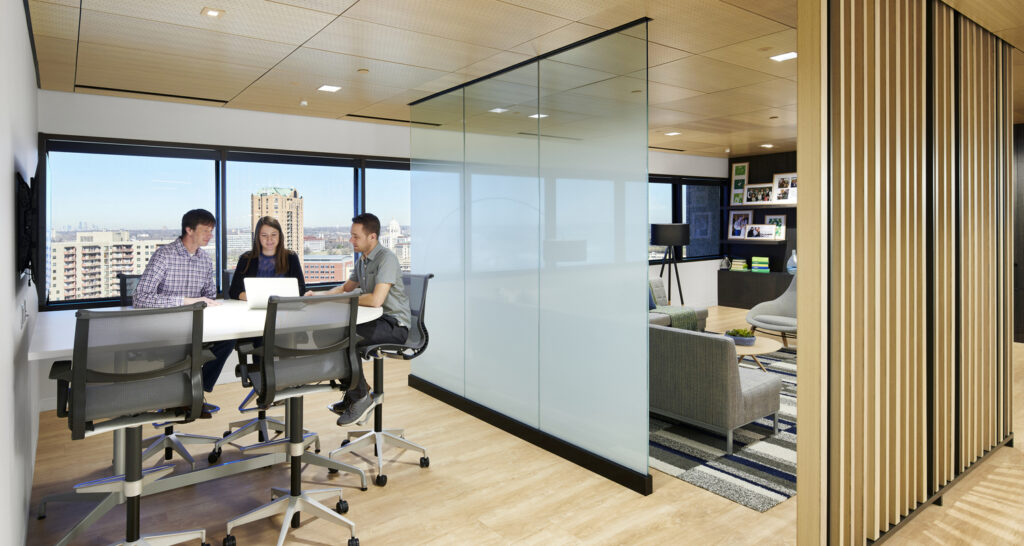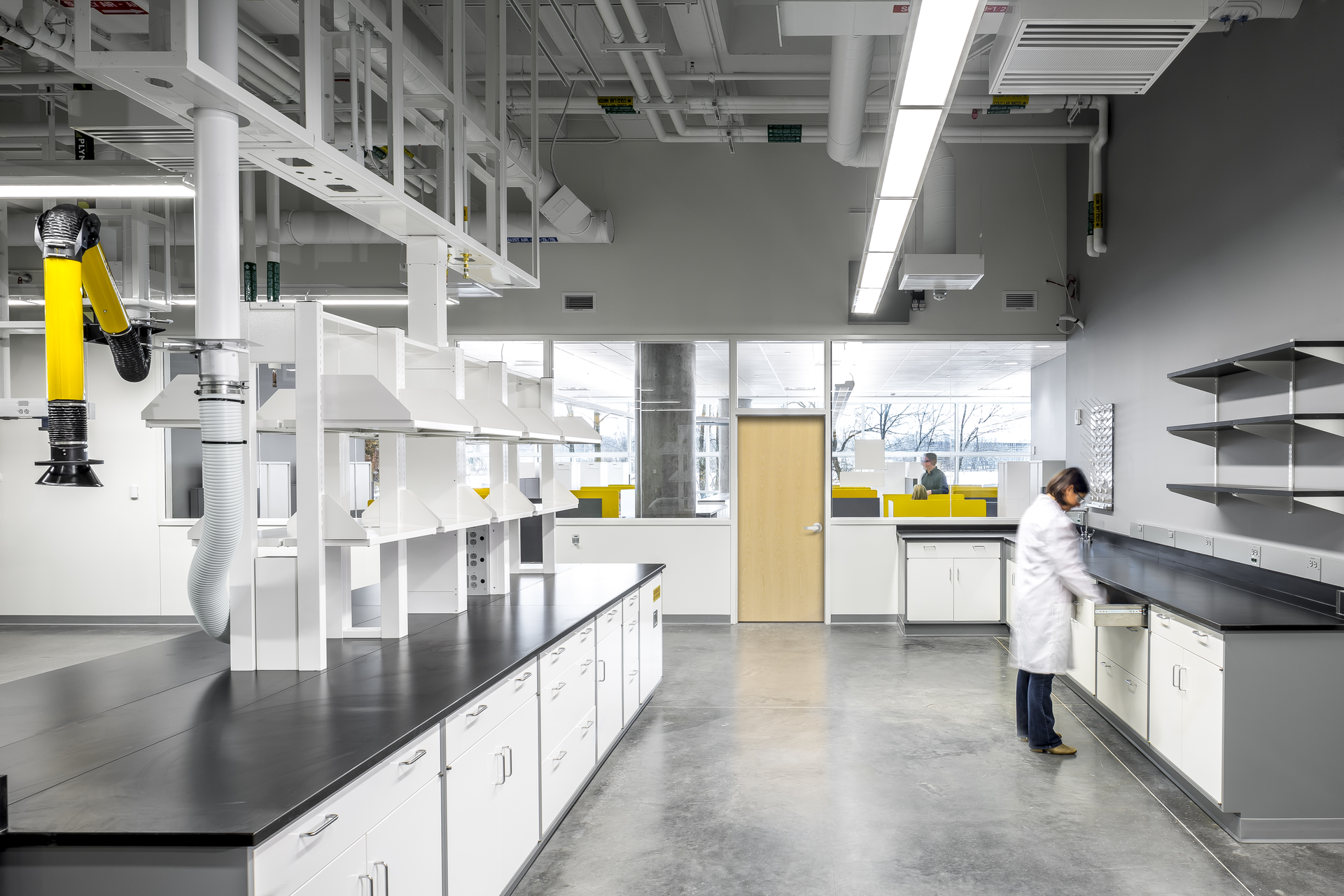While a big part of a successful project is the skill BWBR’s talented design teams bring to the table, our amazing clients’ involvement in the design process is a major factor in producing an incredible final product. BWBR designers use their knowledge, experience, and creativity to bring the dreams of organizations to life. However, one of the key ingredients to making this happen is strong communication. It’s essential that design teams understand stakeholder visions, ideas, and goals in order to create innovative, transformative spaces — and the more input, the better the results.
First-time clients might wonder what they should know before going into initial design meetings, while those who have worked with designers may wonder what they can do to enhance the experience. To shed some light, we asked designers at BWBR to tell us how clients can elevate their involvement to create an even stronger project.
Shared Vision, Shared Success
Every project, no matter how big or small, begins with a vision. Clients call on designers to enhance their spaces, find innovative solutions to limitations, or create something entirely new. While our teams utilize a variety of workshops and tools, offering close guidance through the process of conceptualizing goals and articulating ideas, our designers note that it’s crucial that clients are prepared to be open.
“We strive to gain a deep perspective of who our clients are and what they want to achieve,” says principal Doug Wild. “When a client helps us become embedded in their organization’s values, we can create a comprehensive design that embodies their identity and mission, and even evolves with their needs over the long-term.”
Hasnaa Elaraby, an interior designer, shares that when a client expresses their expectations early in the process, design teams can work far more efficiently. “It’s important to share goals, preferences, and constraints upfront, which helps us use our time effectively to tailor our work to meet their needs,” she says.
For Hasnaa, a great client has a clear vision in mind but understands that design is a dynamic process that involves creativity, innovation, and oftentimes change. Being prepared for designers to bring new solutions to balance realities like budget, code, and space limitations with the ideal vision helps the process move smoothly. Although plans may change along the way, it’s all part of making the dream design a reality.
Cause for Collaboration
Of course, bringing a vision to life takes a multitude of individuals, teams, and partners collaborating as one united force. Our designers at BWBR believe in the power of partnership, and that power grows stronger when clients see themselves as a valuable part of the team.
“When clients are engaged in the creative process, it’s a win-win — we’re enabled to bring our best work to the table while ensuring that we are fully realizing the client’s vision,” says Doug.
While engagement on the client side can mean deep involvement in the decision-making process, it can also simply mean putting forward enthusiasm and passion. The impact of excitement for a project is infectious, and the effects ripple through both the design team and the organization.
“A client who is passionate and committed to diving into a project has a transformative effect,” says principal Leigh Streit. “Some of our most impactful projects involved leaders on the client side dedicating the time to getting their own teams engaged and gathering perspectives from stakeholders within the organization.”
Clients’ care and dedication truly shines through in the final product. Not only does this commitment result in spaces that look beautiful, but also in environments that fully meet the needs of users, allowing design teams to solve for limitations that may have otherwise gone unrealized.
Inner Workings
Aside from preparing on the creative and collaborative side, Susan Golberg and Brian Lapham, two of our senior project managers, bring up the technical aspects of client planning.
It’s important that clients come with an understanding of how their own teams will be navigating the project, as well as who the key leaders will be. “It’s good for the client to have an established point person to make decisions. We have been fortunate to work with many clients who have a strong leader as this point person,” says Susan.
Brian agrees that the established individual should have a good understanding of team relationships and stakeholders, as well as expectations like budget and timeline: “It’s important to understand their own internal decision-making and funding strategies, the overall process of construction — from delivery methods to the makeup of the architectural-engineering design team, and what costs are typically in the owner’s scope versus in the AE scope,” he says. For extra points, the ideal client is personable and shares some of BWBR’s core values.
When client teams are engaged, our designers are enabled to promptly dive into the details and set the exciting part in motion — partnering to create an incredible new environment! Every project provides new challenges and opportunities, but one thing remains true — clients have the power to level up designs and create massive positive impact.








